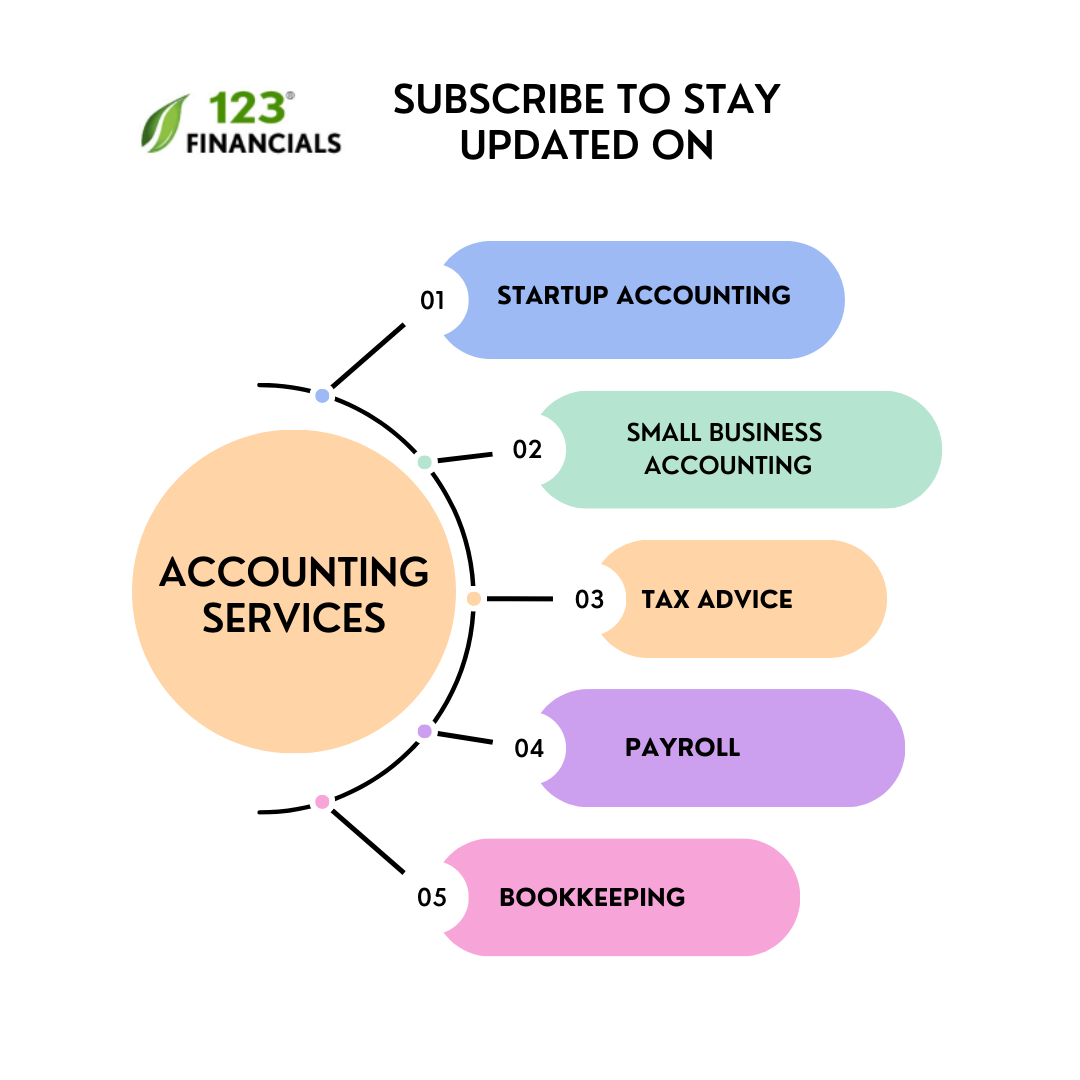In today’s digital age, accounting practices and businesses must keep up with technological advancements to enhance efficiency and accuracy.
The migration of accounting systems offers the potential for automation and improved features, streamlining financial operations and generating comprehensive business insights.
As a leading accounting practice in the UK, we recognise the significance of a seamless migration process and have compiled a comprehensive DIY checklist to ensure a successful transition.
Hire an accountant
Work with a UK-based accountant for tax, accounting, payroll, & EIS/ SEIS needs.
Table of contents
1. 5 Steps accounting system migration checklist
2. Summing up
5 Steps accounting system migration checklist
1. Determine the Appropriate Time for Migration
Choosing the right time for accounting system migration is crucial to minimise disruptions.
The fiscal year-end is often the most suitable period for this transition. Before initiating the migration, it is essential to ascertain certain factors to avoid data loss or system failure.
As the migration process may span several months, meticulous planning and adherence to the checklist are essential to ensure a smooth and timely transition.
For example, how will you deal with any VAT returns or interim management accounts?
2. Notify Stakeholders and Staff
Accounting system migration impacts various departments, making it imperative to seek approval from all critical stakeholders before proceeding.
Effective communication with stakeholders and staff is essential to inform them about the migration schedule, data backup plans, and significant migration points.
Soliciting input from different teams can help incorporate valuable expertise into the migration plan, fostering a collaborative approach.
3. Back up Data
The cornerstone of any successful accounting system migration is data backup. Safeguarding data integrity and security is paramount during this process.
Prior to the migration, create multiple encrypted backups stored on different platforms to prevent data loss or disasters.
The backup plan should ensure quick data recovery and continuity of operations in case of any unforeseen circumstances.
4. Plan and Track Timeline
Accurate time management and task scheduling are vital components of a successful migration.
Develop a detailed timeline that includes the start and completion dates for each task.
The ultimate completion date should be meticulously determined, signalling when all operations on the old software will cease.
Commence the use of the new accounting software from the scheduled month’s beginning, ensuring adequate preparation for tasks such as bank reconciliation.
5. Train Users and Establish support
Comprehensive training for staff and users interacting with the new accounting system is essential to ensure a smooth transition.
Provide step-by-step documentation, video tutorials, and live sessions to familiarise employees with the new software.
Track the staff’s progress and offer ongoing support, including chat and call assistance from the vendor, to address any queries or challenges.
Hire an accountant
Work with a UK-based accountant for tax, accounting, payroll, & EIS/ SEIS needs.
Summing up
Accounting system migration is a critical undertaking that demands meticulous planning and execution.
Our 5-step checklist is designed to guide businesses through a successful transition, ensuring uninterrupted data updates and seamless financial operations.
Choose a reliable vendor and take advantage of trial periods and demos before finalising the migration process.
The complexity of accounting systems emphasises the need for adherence to this comprehensive checklist, ensuring a careful and successful migration of accounting services without compromising data integrity or accuracy.




















